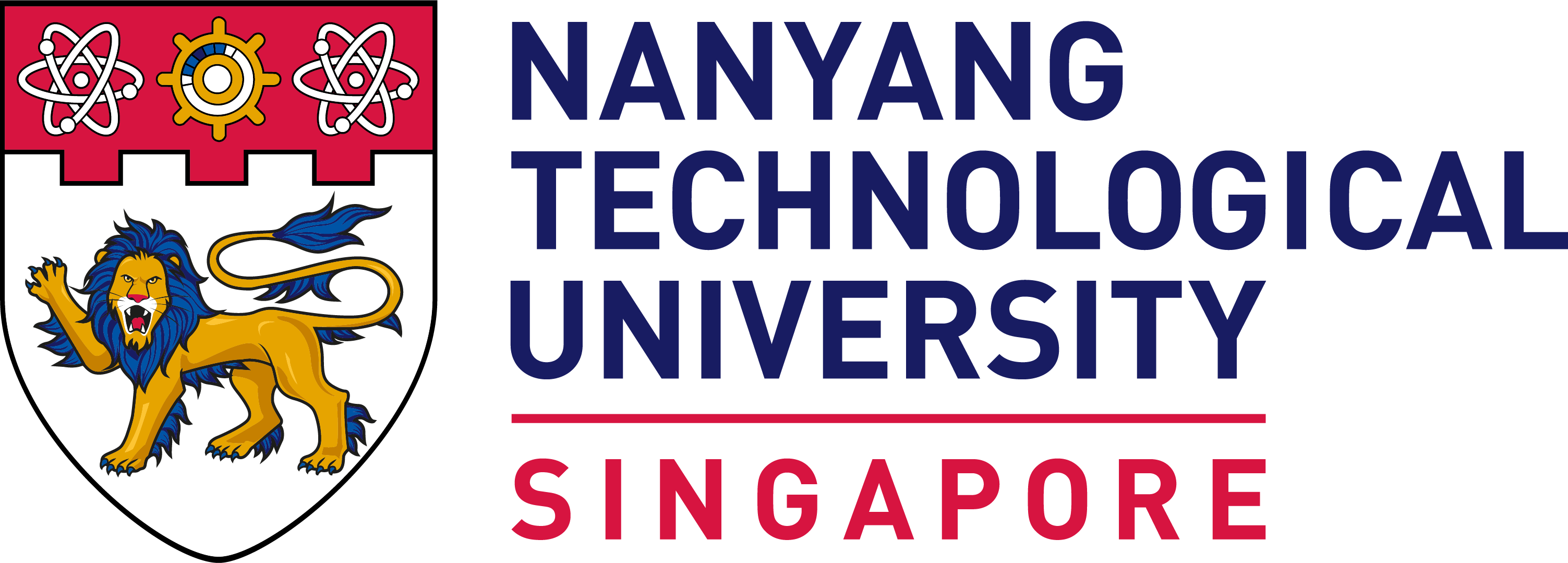Porphysome Nanotechnology: From Discovery to Translation and Beyond

Abstract
Porphysomes are liposome-like nanoparticles self-assembled from a single porphyrin-lipid building block, which enables their inherent multifunction of photothermal, photoacoustic, photodynamic, fluorescence, PET, MRI, and drug delivery. Since its discovery, we have demonstrated porphysome’s high tumor selectivity and multimodal theranostic utilities in diverse tumor models and animal species. We have completed GMP manufacturing, GLP safety studies and clinical trial protocols for its first-in-human use, aka ‘beyond lab’. We have also developed a suite of next generation porphysomes that greatly broadened its theranostic applications from light to sound to radiation. These allow us to pursue new directions of ‘beyond local’, ‘beyond light’ and ‘beyond cancer’.
Dr. Zheng received his PhD in 1999 from SUNY Buffalo in Medicinal Chemistry. Following two years of postdoctoral training in photodynamic therapy at the Roswell Park Cancer Institute, he joined the University of Pennsylvania in 2001 as an Assistant Professor of Radiology, where he established the molecular imaging chemistry program and introduced photodynamic molecular beacons and lipoprotein-like nanoparticles. Since moving to Canada in 2006, his research has been focused on developing clinically translatable technology platforms to combat cancer. His lab discovered porphysome nanotechnology (Nature Materials 2011), which was named one of the “top 10 cancer breakthroughs of 2011” by the Canadian Cancer Society. His lab also discovered that on exposure to low-frequency ultrasound, porphyrin microbubbles form nanoparticles that possess the same optical and therapeutic properties as the original microbubble, and can be used simultaneously for imaging and drug delivery (Nature Nano 2015). Dr. Zheng is an Associate Editor for Bioconjugate Chemistry and a Fellow of the American Institute for Medical and Biological Engineering. In 2019, he was awarded a Tier 1 Canada Research Chair in Cancer Nanomedicine. Currently, he is also Associate Research Director at Princess Margaret Cancer Centre.














/enri-thumbnails/careeropportunities1f0caf1c-a12d-479c-be7c-3c04e085c617.tmb-mega-menu.jpg?Culture=en&sfvrsn=d7261e3b_1)

/cradle-thumbnails/research-capabilities1516d0ba63aa44f0b4ee77a8c05263b2.tmb-mega-menu.jpg?Culture=en&sfvrsn=1bc94f8_1)
